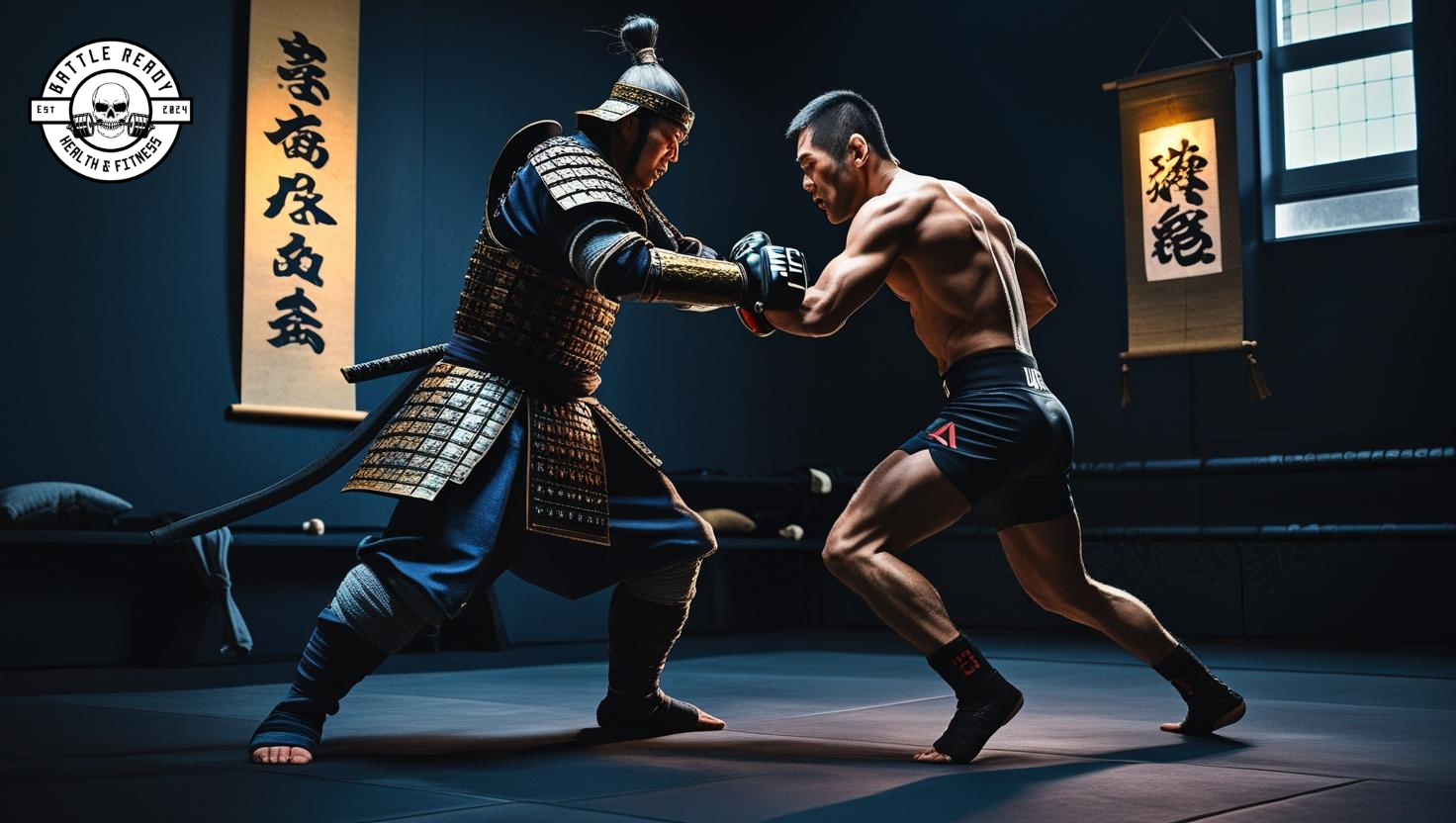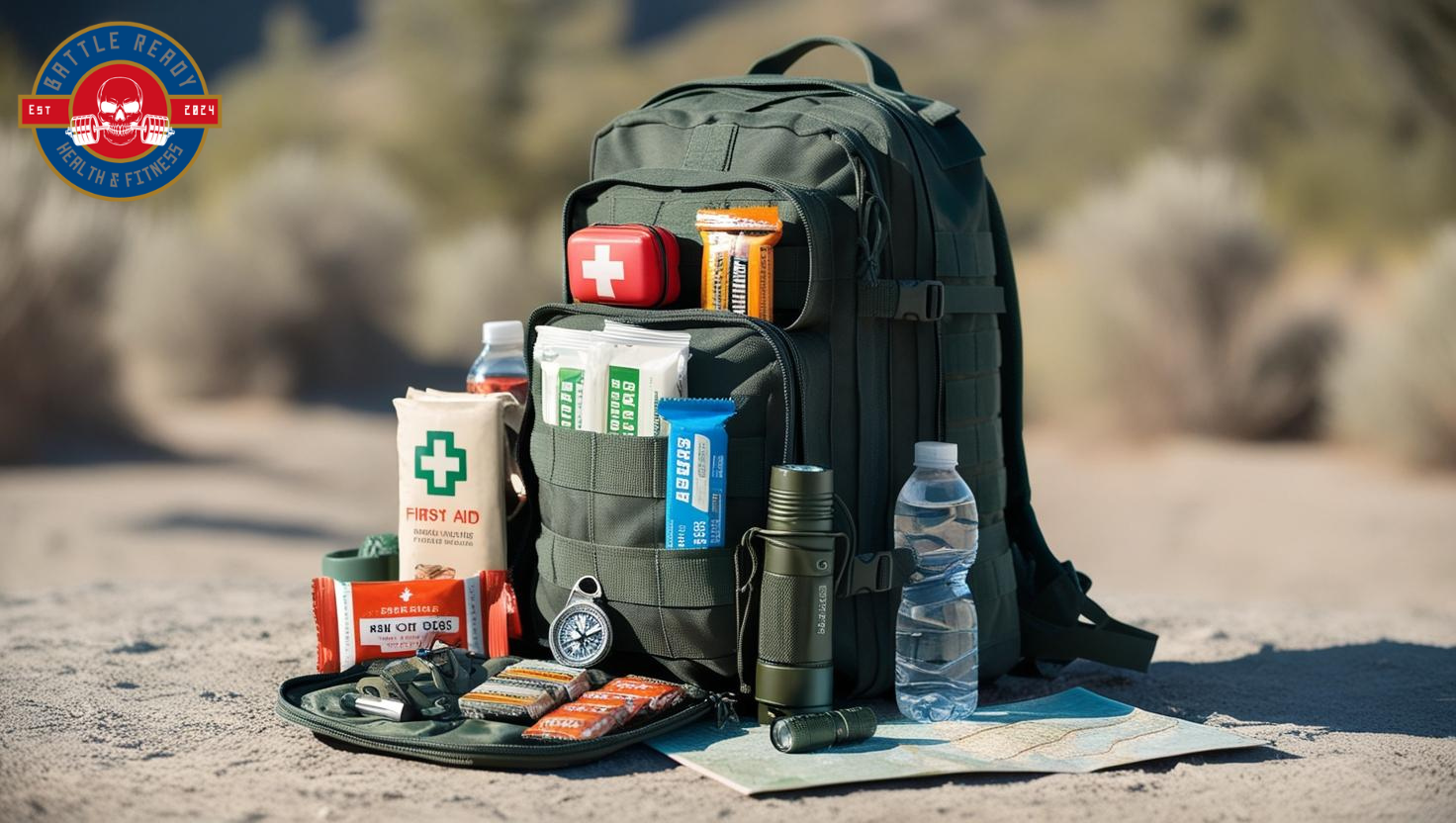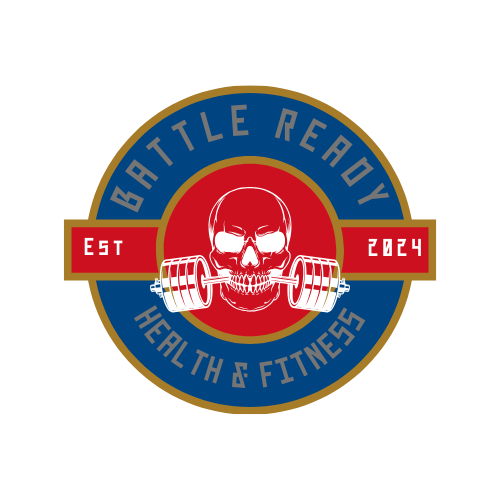Plate Carrier:Vest
Plate Carriers:Vests

There are many benefits to owning a plate carrier, whether its fitness, self-defense, or just being prepared. Like many of the other topics we will be covering, there are many options to choose from when it comes to plate carriers/weighted vests. What it really comes down to at the end of the day is what you like best for you. Don’t listen to all these YouTube influencers that do all these crazy reviews narrowing it down to a single thread. Is all that important, maybe to some people but I will tell you right now whatever gear you do have you will make work and having something is better than having nothing and at the end of the day choosing what fits you best and is the most practical and comfortable for you is the way to go. I will be covering three different plate carriers that offer the same main functions but focus on different applications.
Starting off with my favorite is the T-REX ACO priced at $150-$160. The ACO comes in five different color options which are black, coyote brown, m81 woodland, ranger green, and multicam original. It is made of 500D construction with tweave inner lining, has a MOLLE row placard interface right above all the Velcro, and shoulder straps that actually do offer comfortability. Make sure you pay special attention to the sizing as TRex has explained it in depth so there really shouldn’t be any confusion.
The ACO offers modularity by providing numerous add-ons in the forms of pouches and placards to fit your needs. The other benefit that is offered that may be important is the concealability. Wearing a bulky jacket or a zip-up hoodie does the trick which may come in handy in non-permissive environments. It is also compatible with the most popular along with various other armor plates. Definitely worth taking a look at the website and learning a thing or two.
The second plate carrier we are going to cover is the slickster that is offered by Ferro Concepts which you can find for about $160 on tactical distributors. First of all, Ferro Concepts is (in my opinion) top tier and offers a great line of products along with the slickster, my favorite being their slings (check them out). The slickster offers an even more “minimalist” design and is only customizable/compatible with ADAPT accessories. Cummerbund offers built in pouches with varying sizes just like the ACO. The sleek look of the slickster also gives a more appealing look to the eye and has been adopted by many Law-Enforcement and Military professionals. Again, pay close attention to the sizing as this one does not have the exact same compatibility as the ACO.
While those both are rated for ballistic armor plates, they can still take weighted non-ballistic plates as placeholders. And if you fall into the category where you do not have the need for armor plates and want a plate carrier/vest strictly for physical training and exercise then the 20Lbs TacTec Weight Vest Kit. This vest is offered at $245 which includes the 20lbs plates which are offered for around $140 individually. The TacTec is designed specifically for PT so it has comfort and ergonomics that align with that field rather than defensive needs/applications.
Lastly, let’s go over training plates! No, we are not going to cover armor/ballistic plates in this blog, I would need to spend the entire blog on that subject as that can get really nerdy. If that’s something you guys are interested in let us know! Anyways, the ACO and the slickster will need to be paired with a set of plates and if you just need some training plates here are two great options. Rogue offers different sets at different sizes as does 5-11 Tactical. They are both comparable in price but just depends on what's in stock that fits your needs the best but can't go wrong either way.
Hope this helps you guys out when picking out your next plate carrier. Remember, there are endless options out there when it comes to these things and the ones I reviewed are just ones that I have happened to come across. I also do have knowledge on other plate carriers that offer different applications and that could be discussed in a future blog as well. Thanks for reading and let us know what you thought of the blog.
Last note! If you have any knowledge or assessments of these or recommendations please share!
Plate Carriers:Vests
Plate Carrier/Weighted Vest
Ferro Concepts Slickster $160 -
Link To Purchase
T-Rex Aco $150-$160 -
Link To Purchase
TacTec Weight Vest Kit 20lbs $245 -
Link To Purchase
Training Plates:
5-11 -
Link To Purchase
Rogue -
Link To Purchase



